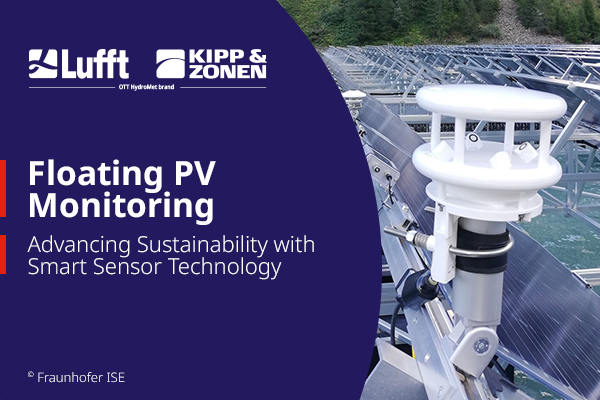For centuries, people have tried to predict the weather. But for centuries a glance at the sky was all that they could do. Only towards the end of the 19th Century first meteorologists could use instruments to capture weather data with more scientific precision.
(Foto-Credit: M. Schuppich – Fotolia.com)
Since ancient times people tried to fathom the workings and the change in the weather. Aristotle already spent a lot of time exploring the weather to describe and interpret weather phenomenon’s. On it originated important work. No wonder, then, that the term meteorology (meteoros: floating) comes from the Greek. The philosopher and naturalist Theophrastus wrote the “Book of Signs”, shortly afterwards. It is considered the first work on the weather forecast. In the 9th Century AD, Al-Dinawari wrote the “Book of Plants”. Here the meteorological phenomena of the sky were explained, the lunar phases, seasons and rain, but as well other atmospheric phenomena such as wind, rain, snow, floods, rivers, streams and other water sources.
In the early modern era important tools as the thermometer (Galileo) and the Barometer (Torricelli) were invented. New gauges and close observation networks provided more exact and more complete meteorological data in the 17 and 18 Century. Temperature scales were introduced; better tools to measure humidity and wind were developed. From 1780 the “Palatine Meteorological Society” installed weather stations around the world. For the first time weather observations were made possible with standard measurement instruments at the same local times.
The next big leap happened in the 19th Century. 1888, the first scientific aviation was carried out with free balloons to collect weather data at high altitudes. It happened at a historical place near Berlin. In 1905 in Brandenburg, the weather measurement with data gathered by dragons began. The clean, crisp air of the little town Lindeberg proved to be a perfect spot.
Today computers help to process the weather predictions. That is partly due to the findings of the Norwegian Vilhelm Bjerknes. In 1904 he publishes a paper in a magazine explaining that the dynamic processes of the weather are based on exact laws of nature. In the 50s of the 20th Century, the first numerical predictions began using computers. They could successfully predict the large-scale displacement of Rossby waves in the middle latitudes, and thus the development of highs and lows.
Even if today we subjectively still feel that weather forecasts are not precise enough the latest measuring instruments for detecting humidity, wind speeds and temperatures do provide more accurate data. These are needed in agriculture, for the road weather forecast or the production of renewable energies. Lufft is glad to be actively involved in this development. The instruments of Lufft already make high accuracy data available and help customers worldwide to predict weather patterns accurately.



